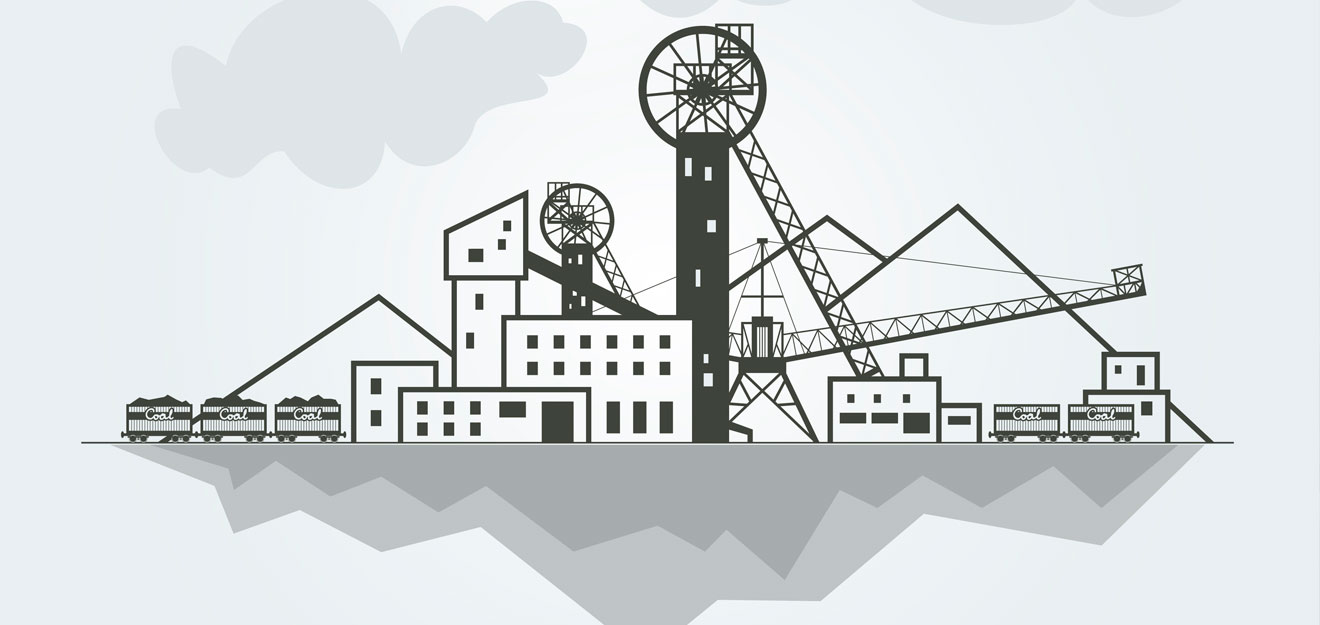The development of intelligent mine design standards for coal mining industry aims to enhance the safety, efficiency, and sustainability of coal mining. The following is a detailed guide to the design standards for intelligent mines in the coal mining industry, covering various aspects of intelligent mines, including equipment selection, system integration, data management, safety assurance, and more.
Overall design principles
Safety first: Mine design must prioritize the safety of miners and adopt safety monitoring and emergency management systems.
Intelligent and efficient: By integrating intelligent systems, the mining efficiency and resource utilization of mines can be improved.
Green and environmentally friendly: adopting environmentally friendly technologies and equipment to reduce the impact of mining on the environment.
Economically reasonable: Control costs and achieve economic growth while ensuring safety and efficiency.

Selection of Intelligent Mining Equipment
Coal mining equipment: Automated coal mining machine: equipped with remote control, automatic coal mining, and fault self diagnosis functions. Intelligent tunneling machine: equipped with geological detection system and automated tunneling technology.
Transportation equipment: Intelligent belt transportation system: realizes automated loading and unloading, real-time monitoring, and remote control. Unmanned mining truck: equipped with automatic navigation and obstacle avoidance functions, improving transportation efficiency.
Ventilation equipment: intelligent ventilation fan: automatically adjusts air volume and monitors mine air quality in real time. Mine ventilation system: equipped with intelligent sensors to ensure ventilation effectiveness.
Drainage equipment: Automated drainage system: Real time monitoring of water level and drainage volume, automatic control of drainage pumps.
Intelligent system integration
Integrated automation control system: realizes centralized control and coordinated operation of coal mining, transportation, ventilation, drainage and other systems. Equipped with a human-computer interaction interface, providing real-time data and remote operation functions.
Internet of Things (IoT) platform: Connect various sensors, devices, and systems in the mine to the IoT to achieve data collection and interconnection. Provide data analysis and prediction functions to support intelligent decision-making.
Big data analysis platform: Collecting various types of data such as mine production, equipment operation, and environmental monitoring for in-depth analysis. Provide intelligent services such as fault warning, equipment maintenance, and production optimization.
Cloud computing platform: Implementing cloud storage and computing of mine data to enhance data processing capabilities. Provide remote access and collaborative work functionality.
Intelligent data management
Data collection: Configure high-precision sensors to collect various types of data in the mine in real time, such as temperature, humidity, gas concentration, equipment operating status, etc. The data acquisition system needs to have high reliability and anti-interference ability.
Data transmission: Various methods such as industrial Ethernet and wireless transmission are used to ensure the stability and real-time performance of data transmission. Equipped with data transmission encryption and security protection measures to ensure data security.
Data storage: Establish a unified data storage platform and adopt distributed storage technology to ensure efficient storage and fast access of data. Equipped with data backup and recovery mechanisms to prevent data loss.
Data analysis: Using data analysis algorithms and tools to analyze the collected data. Provide data visualization functionality to generate intuitive analysis reports and decision support information.
Security guarantee system
Safety monitoring: equipped with a safety monitoring system to monitor safety hazards such as gas, coal dust, and roof in real time. Establish an automatic warning mechanism for monitoring data to promptly detect and address safety hazards.
Emergency management: equipped with a comprehensive emergency management system and developed detailed emergency plans. Establish an emergency command center, equipped with emergency rescue equipment and materials, to ensure rapid and effective emergency response.
Personnel positioning: Using a personnel positioning system to monitor the real-time location information of miners. Provide rapid positioning and rescue functions in emergency situations to ensure the safety of miners.
Intelligent inspection: Deploy intelligent inspection robots or drones to conduct regular inspections of mines. Equipped with high-definition cameras and multiple sensors, it can detect and report abnormal situations in real time.
Environmental Protection and Energy Management
Environmental monitoring: Real time monitoring of environmental parameters such as exhaust gas, wastewater, and noise emitted from mines. Equipped with environmental treatment equipment to ensure that emissions meet environmental standards.
Energy conservation and emission reduction: Adopt efficient energy-saving equipment and technology to reduce energy consumption. Promote the use of renewable energy sources such as solar and wind power to reduce the carbon footprint of mines.
Waste management: Establish a comprehensive waste management system to classify and recycle solid waste generated in mines. Configure professional waste treatment equipment to ensure that the treatment process meets environmental requirements.
The formulation and implementation of intelligent mine design standards for coal mining industry provide scientific basis for improving coal mining efficiency, ensuring miner safety, and achieving green and environmentally friendly production. Through the comprehensive application of intelligent device selection, system integration, data management, and security assurance, modern coal mines will move towards a more efficient, safe, and sustainable future.







Comment